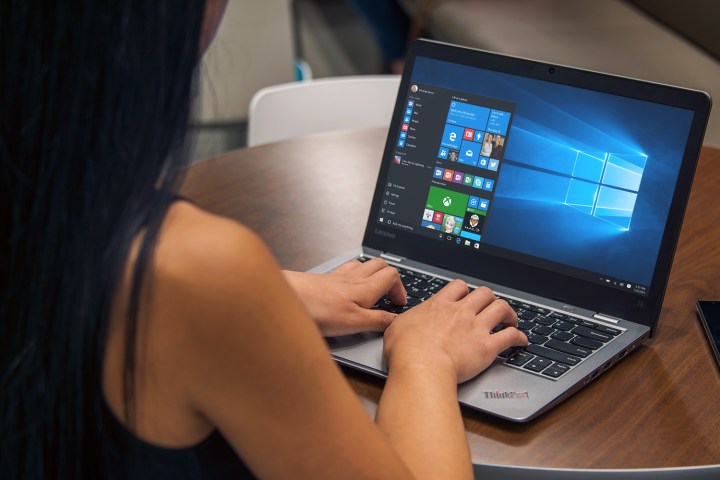
Microsoft has had to deal with several leaks of its operating system over the years and has at times been rather aggressive in defending it and chasing down those who leaked it. However, it has mitigated much of that with Windows 10 by opting for a regular release of new features and builds through its Insider program. But it’s not a foolproof system.
This latest leak appeared on the Beta Archive site, which hosts archived builds of Windows operating system for donating members. The site has now reportedly removed the leaked source code, though not because of Microsoft intervention in any way. It claimed that it had removed the file “under [its] own decision,” as per The Verge.
The leak totaled some 1.2GB of files and was said to be mostly made up of Windows 10 drivers. It did, however, also contain the Windows 10 Mobile Adaptation Kit, some Windows 10 Creators Update builds and some ARM-based versions of the operating system.
While leaks are always cause for concern for companies, this one will be more embarrassing for Microsoft than damaging, since it was code that was already available to partners and enterprises through its Shared Source initiative. No doubt Microsoft will still be keen to sniff out the source of the leak and make sure that they are unable to gain such access again, but it hasn’t commented on any measures it has put in place since the news broke.
Although far from a confirmed link, this leak appeared online a mere day after two men were arrested in the United Kingdom for allegedly hacking into Microsoft’s own network. Verge reports that they were said to be involved with accessing and collecting Windows 10 builds and one of them donated to the Beta Archive site.
In the past Microsoft has faced leaks from within. In 2012, a leak of a Windows 8 build came from one of its own employees.



